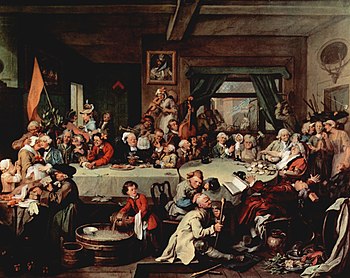OK, so I'm a little behind the times here, but my weekly review of TED Talks sometimes goes back in time. This is because I watch them through my TV, which has a YouTube app. So rather than listing the TED Talk videos with the most recently received first, I see them in order of popularity, and of course, popularity takes time to build. Which is how I ended up watching the 2010 video, "Where do good ideas come from". I've requested the book at my library, as well...but for this posting, I was inspired to write about Steven Johnson's ideas as it relates to libraries. After all, good ideas do come from libraries, don't they?
Shared patterns of innovation, even within biological systems.
Rich vocabulary of creative moments share the basic assumption that innovation is a "single thing...a single moment". But he advocates that innovation is a network. Innovation is simply looking at a problem differently and coming up with something new. "The spaces that lead to innovative thinking look like this..." Hogarth's painting "Humours of an Election," what Johnson calls "The Liquid Network".
Johnson recalls research conducted by Kevin Dunbar, using "the Big Brother approach," recording conversations of ideas, trying to find that "Eureka" moment. What he found was that breakthroughs happened at the conference table when researchers discussed progress & problems, bouncing ideas off of each other.
Steven Johnson determined that "important ideas have long incubation period," what he calls "The Slow Hunch." He uses the example of Charles Darwin, who, from analysis of his copious notes, had the full theory of evolution months and months before his self-described epiphany, but who was unable to think it out fully.
Johnson concludes that creating ideas requires time to think, as well as the opportunity to share the hunches or ideas. The idea of connect ideas rather than protecting ideas with intellectual property restrictions - the power of open innovation. He ends with this thought: "Chance favors the connected mind."
I see that Johnson's ideas about, um, ideas, justifies the changes librarians have been making within their libraries and with their job descriptions. By opening the library to small groups, by encouraging the application of group projects, by providing the mild stimulants delivered in coffee and tea, we are providing the environments necessary to connect ideas. But we are not merely conference rooms - the "liquid" in our networks is not the coffee, but rather the knowledge and information provided via books, articles, databases, reference works, manuscripts, music, images, maps, as well as locally-generated resources like posters and presentations from students and faculty. We could further enhance this connectedness by making our resources more accessible, find-able, manipulate-able, and useful to our members.

No comments:
Post a Comment